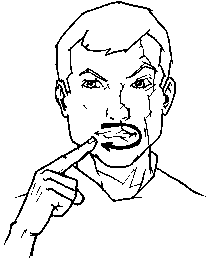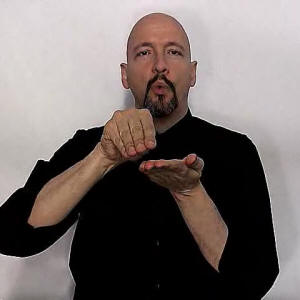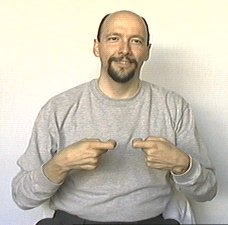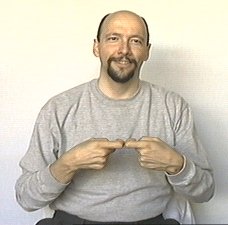Saturday, July 30, 2016
Thursday, July 28, 2016
sign language for community
sign language for community- little tent with hands facing each other starting right shoulder; make a circle around then go to the left shoulder and do the same.
American Sign Language: "friend"
American Sign Language: "friend"
The sign for "friend" interlocks the index fingers twice.FRIEND:
Wednesday, July 27, 2016
Tuesday, July 26, 2016
American Sign Language: "who"
American Sign Language: "who"
You can learn sign language (ASL) online at American Sign Language University ™
Lifeprint.com © Dr. William Vicars |
|---|
Monday, July 25, 2016
American Sign Language: "vacuum"
American Sign Language: "vacuum"
|
|---|
American Sign Language: "electricity"
American Sign Language: "electricity"
You can learn sign language online at American Sign Language (ASL) University (tm)
Sign language lessons and resources. Dr. William Vicars (c) Lifeprint.com |
|---|
American Sign Language: "home"
American Sign Language: "home"
You can learn sign language (ASL) online at American Sign Language University ™
Lifeprint.com © Dr. William Vicars |
|---|
Saturday, July 23, 2016
Monday, July 18, 2016
Sign language for furniture
furniture
FURNITURE:
Wave an "F" handshape side to side a couple times. Use a small movement. The movement is side to side, NOT in a circle. If you do it in a circle it means "Friday."
:
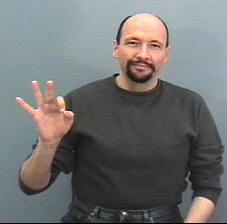
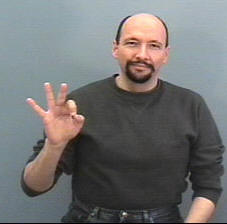
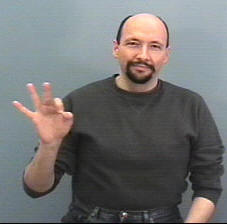
Animation: furniture
American Sign Language University ™ ASL resources by Lifeprint.com © Dr. William Vicars
Thursday, July 14, 2016
Wednesday, July 13, 2016
Subscribe to:
Comments (Atom)




